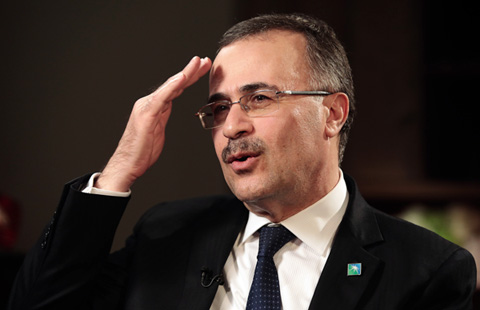Nine capacity cut champs to be rewarded
A total of up to 20 billion yuan could be paid at the provincial level as bonuses
Beijing will offer rewards to nine provinces that exceeded their capacity cut targets in 2016, financed by a portion of the 100 billion yuan ($14.5 billion) subsidy allotted to help address overcapacity, Xu Hongcai, assistant finance minister, said on Friday.
Rewards for good performance will facilitate overall progress in cutting overcapacity this year, but less-developed areas that face greater difficulties with economic restructuring also need more financial help, experts said.
Local governments and enterprises in Zhejiang, Jiangxi, Guangdong and Fujian provinces will receive money for going beyond capacity cut targets in the steel sector. Chongqing, and Shanxi, Shandong, Henan and Shaanxi provinces will receive grants for cuts in the coal sector, Xu said.
"The final amount given to each province will be revealed after the central government verifies the performance of each province last year," Xu said. "We will make sure that the allocation of money is transparent."
The total amount of the rewards would amount to a maximum of 20 percent of 100 billion yuan in special funds established in 2016, Xu said. The remaining 80 percent would be allotted to all regions to help with capacity cuts, he said.
Xu did not provide details on when the amounts will be announced or how the money will be spent.
"The central government's financial support is vital in helping the province achieve the capacity cut target because relocating workers and business restructuring are very costly," said Ji Jinghang, curator of Hangzhou Low-Carbon Museum in Zhejiang province.
Zhejiang's developed and balanced economy allows its laid-off workers to find jobs more easily than those in less-developed places such as in the economically lagging northeastern region.
Zhejiang ranked 14th nationwide in economic growth in the first quarter of 2017, with an 8 percent year-on-year growth rate, while Jilin province, saddled with heavy capacity cut targets, registered 2.4 percent growth during the same quarter.
Zhejiang plans to cut 2 million metric tons of steel by the end of 2020, while the target set for the steel sector this year alone in Jilin is 800,000 tons, according to provincial government documents.
Cheng Gong, a senior China National Coal Association analyst, said economically lagging regions need more financial support from the central government than last year because local governments face higher pressure to achieve targets.

















